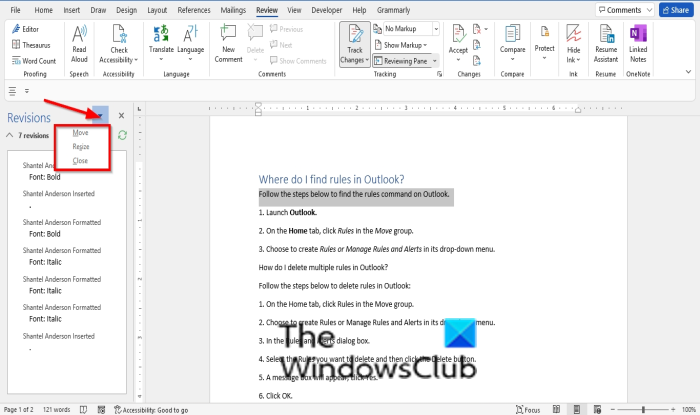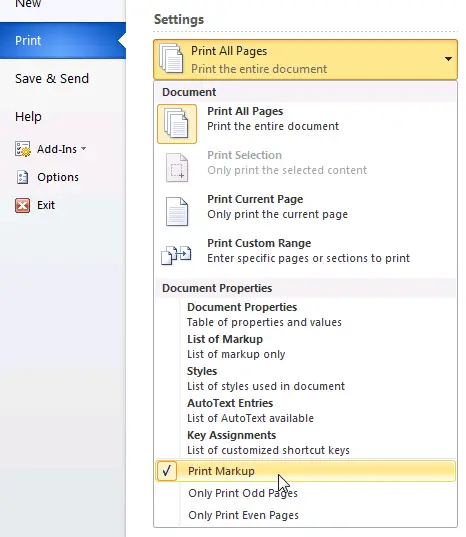

(Ex: If you are changing an en dash to an em dash, it ends up looking like a long line or two em dashes. Sometimes, a change is easier to understand if you turn the Track Changes off at certain moments. Use Track Changes with care-don’t just turn it on and markup the text indiscriminately. To view the text with the marks implemented without accepting them, choose “Final” from the dropdown box nest to the “Show” button. You can do the same thing to turn them back on later.

If multiple people have marked the text and you want to see only certain individuals’ marks, go to Show → Reviewers and click on the names of the reviewers you don’t want to see to turn them off. The reviewing pane can be turned on or off by going to Show → Reviewing Pane.
Ms word reviewing pane how to#
You will learn how to use track changes and why do we use to track changes in Microsoft Word in 2020. If you want to comment on something (i.e., point out text related to a query or suggest a rewording), highlight the relevant text and click “New Comment.” The reviewing pane will pop up so you can type your comment. This is video, about Tracking and Changes in MS Word. They crowd the page and can be confusing instead of helpful. If they are left on, every little change will have its own balloon in the margin detailing the change. Turning off the balloons is another good idea. However, with a heavily marked text, this can end up as a continuous line in the margins and is more annoying than helpful. By default, changed lines have a black vertical line in the margin beside them. Unless there are extremely few incidences of markup, it’s a good idea to turn the mark for changed lines off. If more than one person will be editing the text (i.e., in-house editor and a freelancer, editor and an author), it’s best to leave the marks in the default “By author” setting, which means each person’s marks will be in different colors. To customize Track Changes, click on “Show" (near the left side of the toolbar) and choose “Preferences.” A few tips: Once the toolbar is visible, click on the Track Changes button to turn it on or off or press Command+Shift+E.

The Track Changes tool can be found in the Reviewing toolbar (View → Toolbars → Reviewing). Teaching and Learning in Higher Education.Histories of Capitalism and the Environment.Note that you will still need to accept or reject all the changes this is just for viewing, you still need to accept or reject all of the changes before your document is complete. To view what your document would look like with all changes accepted, click on the top-most pulldown on the right side of the Tracking Group and select Final.You can reject all changes at once by clicking on the pulldown below the Reject icon and selecting Reject All Changes in Document. To reject a change, click on the changed text, and then click the Reject icon in the Changes Group of the Review Ribbon.You can accept all changes at once by clicking on the pulldown below the Accept icon and selecting Accept All Changes in Document. To accept a change, click on the changed text (or use the arrow to get to the change), and then click the Accept icon in the Changes Group of the Review Ribbon.Use the Next and Previous icons in the Changes Group of the Review Ribbon to move back and forth to the various changes. Normally, you will reject all comments – after you address the issue! Once you have all of the documents combined into one, you need to accept or reject all of the changes and comments.


 0 kommentar(er)
0 kommentar(er)
